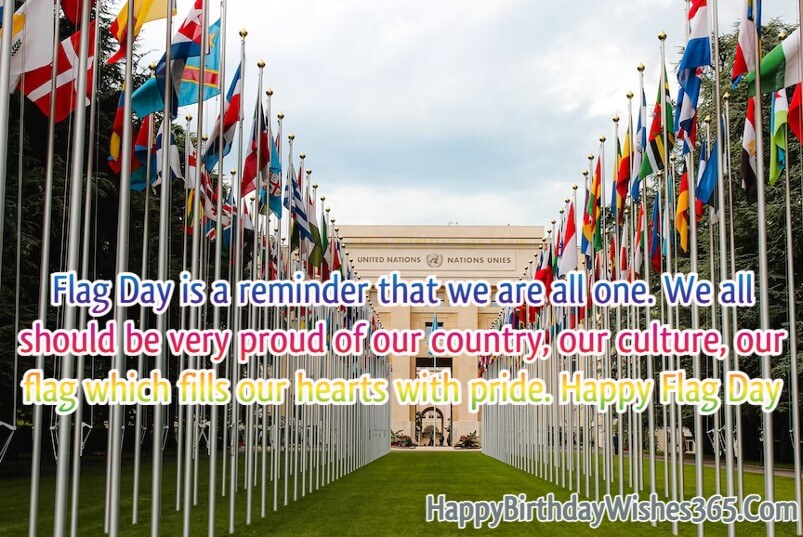Simple patchwork squares are used to produce a baby quilt. If you’re expecting a new baby in your family, a handmade quilt is a wonderful gift that will become a much-loved source of comfort as the baby grows. I still have a lovingly made quilt from my neighbor, who I recall as a nice old lady who enjoyed sewing and gave me several other pretty items when I was a tiny kid, stashed away in a cupboard.
HOW TO MAKE A BABY QUILT
Quilting can be intimidating for new sewers, so this baby quilt pattern is a great introduction to the world of quilting that will only take you a few hours to complete.
Congratulations if this is your first quilt! Here are some additional tutorials to assist you on your journey.
BLANKET AND QUILT SAFETY
Blankets and comforters should not be used to keep sleeping newborns warm. Here are some websites where you may learn about the best ways to sleep with your infant. To keep your infant safe, make sure you do your own research and make informed decisions.
HOW TO MAKE A BABY QUILT – SUPPLIES
FABRIC SQUARES FOR THE TOP – Each fabric square measures 5 x 5 inches (13x13cm).
The size of the quilt you want to build will decide how many squares you’ll need. The finished size of each square will be 4.5 inches (11.5cm) square once the seams are stitched. See the photo below for suggested sizes and the amount of squares you’ll need.
Purchasing pre-cut charm squares will save you a significant amount of time. These are usually available in 5-inch squares. If you buy two packages of charm squares, you might wish to build a larger quilt with them all.
Cotton is the ideal fabric to use for quilts since it breathes well and feels lovely next to the baby’s skin. Choose a high-quality cotton baby quilt fabric that can be machine washed and will last a long time. Mums prefer things that are simple to prepare and do not require hand cleaning. At the very least, I do! I’d rather be sewing than doing anything else.
If you’re cutting your own squares, try to be as precise as possible so that your finished seams match up well. Use a rotary cutter and mat, as well as a quilting ruler with non-slip grips.
Always prewash your fabrics because various materials may shrink at different rates or colours may run. (Learn how to prewash and test fabrics for colorfastness before sewing.)
For a baby-sized quilt, here are some suggested sizes and the amount of squares you’ll need. You can change the amount of squares to your liking. These are the two most prevalent sizes. I made a quilt of of squares that had 12 rows of 6, giving it a longer shape.
HOW TO MAKE A BABY QUILT – SEWING INSTRUCTIONS
STEP 1 – LAY OUT THE SQUARES
Arrange all of your squares until you’re satisfied with the result. If you don’t do it when you’re awake and alert, you’ll end yourself moving them around a lot to get it right. A large table is preferable, but you can also do it on the floor if you don’t need to travel too far.
STEP 2 – STITCH THE SQUARES
LENGTH – Use a 1.5 stitch length and don’t backstitch when sewing. The little stitches will keep the ends from unwinding, and they’ll be caught in the cross seams soon after.
ACCURACY – The more precise you are, the nicer your quilt will turn out. If you’re a newbie, a 14 inch (96mm) machine foot with a guide or a removable pen or chalk can be used to outline the seam. It may take a little getting used to the short seam allowances if you’ve been sewing items with broader seams. I discovered that I didn’t need to label the remaining squares after the first couple.
STEP 3 – ADD BATTING AND BACKING
Place the batting on the back of the pieced fabric, then the back fabric on the opposite side. With the batting in the middle, the back and front form a sandwich.
The top should be centred in the middle of the backing and batting, which should be about 2 inches larger all the way around than your top fabric. This simply makes it more manageable. You’ll also see that as you quilt in the following phase, things move around a little, and the margin allows for some mistake.
STEP 4 – THE QUILTING
Now it’s time to start quilting! This only serves to keep the layers together. You can embroider a random pattern or symmetrical lines across your quilt. If you wish to stitch straight lines, first draw them out with washable chalk or even painter’s tape. Just be sure your method of marking doesn’t leave a permanent mark.
STEP 5 – TRIM THE EDGES
Trim the backings to the same length as the top. Be precise once more. Make sure all of the corners are squared and the edges are straight with a ruler. The quilting process can sometimes distort the shape, and now is the moment to fix it.

